Sipping from a reusable water bottle has become a staple in daily routines, championing both hydration and environmental sustainability. Yet, there’s a lurking question that often goes overlooked: when was the last thorough cleaning of that trusty container? This post delves into the hidden dangers that could be floating in the very vessel that carries life’s most essential element—water. Understanding these risks is crucial, not only for health but also for maintaining the integrity of your eco-friendly choices.
Contents
The Unseen Menace: Bacteria And Mold
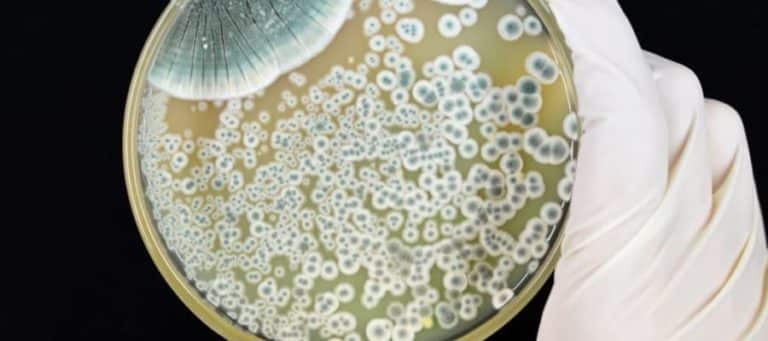
Reusable water bottles, if not maintained properly, can become breeding grounds for bacteria and mold. These microorganisms thrive in moist environments and can multiply rapidly, especially in the narrow crevices and threaded areas of lids and mouthpieces. Studies have identified a host of bacteria, including E. coli and Staphylococcus aureus, lurking in the corners of poorly maintained bottles. The health risks associated with these bacteria range from mild gastrointestinal discomfort to serious infections, particularly for those with compromised immune systems. Mold, with its spores easily inhaled, can trigger allergic reactions and respiratory issues, turning a sip of water into a health hazard.
The conditions that promote bacterial and mold growth are often inadvertently met by everyday use. Bottles left in warm, damp environments, like gym bags or cars, become ideal incubators for these unwanted guests. Even at home, a bottle merely rinsed and not properly dried can host a colony of microbes. The risk is not just in what’s seen—biofilms, a kind of bacterial hideout, can form on surfaces and protect the bacteria from being washed away, making a simple rinse ineffective and potentially leading to long-term contamination.
Chemical Leaching: A Toxic Concern

The material of a reusable water bottle is a key factor in its safety and longevity. Plastic bottles, although lightweight and durable, often contain chemicals like BPA and phthalates, which can leach into the water, especially when exposed to heat or sunlight. These chemicals have been linked to a myriad of health issues, including hormonal disruptions and increased risk of certain cancers. Metal bottles, while typically BPA-free, are not without their concerns; acidic beverages can corrode certain metals, leading to the leaching of harmful substances into the water.
The long-term health implications of chemical exposure through water bottles are still being studied, but the potential risks suggest caution is warranted. Consumers are increasingly seeking out bottles made from safer materials, such as BPA-free plastics, glass, or stainless steel. However, even these materials are not foolproof and require proper handling. For instance, dropping a glass bottle can create microfractures that harbor bacteria, and stainless steel can dent, creating crevices for germs to hide.
The Breakdown Of Materials Over Time
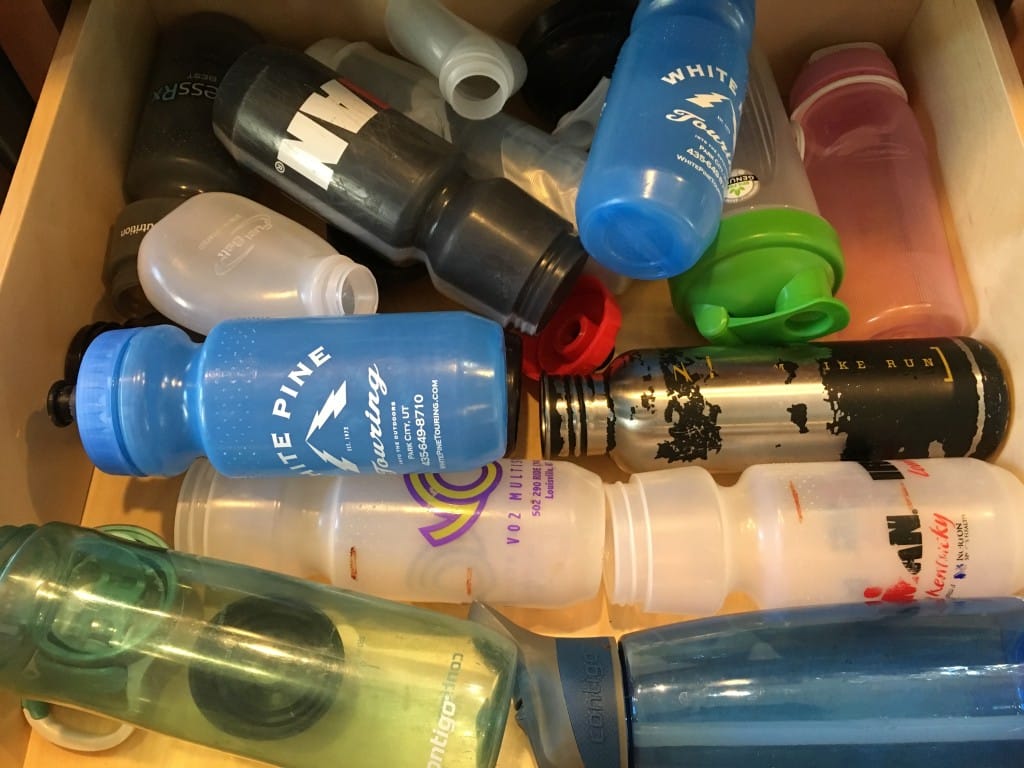
Repeated use and exposure to environmental factors cause wear and tear on reusable water bottles, which can lead to the breakdown of materials. This degradation is not just an aesthetic issue; it can compromise the structural integrity of the bottle and make it more susceptible to harboring bacteria and leaching chemicals. For example, plastic bottles may develop cracks that are difficult to clean, while metal bottles can dent or chip, exposing the inner material that may not be intended for direct contact with water.
Visible signs of wear, such as discoloration, warping, or a change in texture, should be taken as indicators that it’s time to replace the bottle. Each material has its own lifespan; for instance, high-quality stainless steel may last longer than plastic or aluminum. It’s essential to recognize that no bottle is meant for a lifetime of use. Regular inspection for signs of wear and an understanding of the typical lifespan of different materials can prevent the inadvertent consumption of contaminated water or degraded material particles.
Cleaning Practices: Are You Doing It Right?
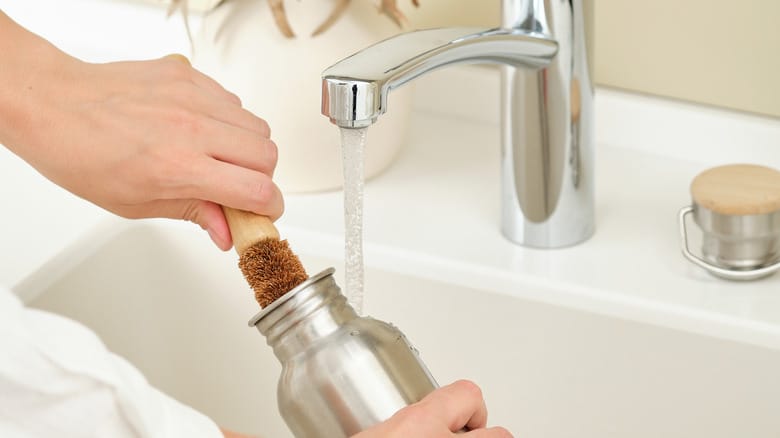
Proper cleaning is essential to ensure that reusable water bottles remain safe to use. The best practices include using hot, soapy water and a bottle brush to scrub all parts thoroughly, including the lid and straw, if applicable. For a deeper clean, a solution of vinegar and water or a dilute bleach solution can be used periodically to sanitize the bottle. It’s also important to allow the bottle to dry completely after washing to prevent the growth of mold and bacteria.
Despite these guidelines, common mistakes can undermine the cleaning process. For instance, simply rinsing the bottle with water is not enough to remove bacteria or biofilms. Storing bottles in a closed, damp state can also encourage microbial growth, even if the bottle was cleaned properly. Dishwashers, while convenient, may not reach all parts of the bottle equally, leaving some areas not fully sanitized. Understanding and implementing thorough cleaning techniques can extend the bottle’s life and safeguard against health risks.
The Role Of Water Quality In Bottle Safety
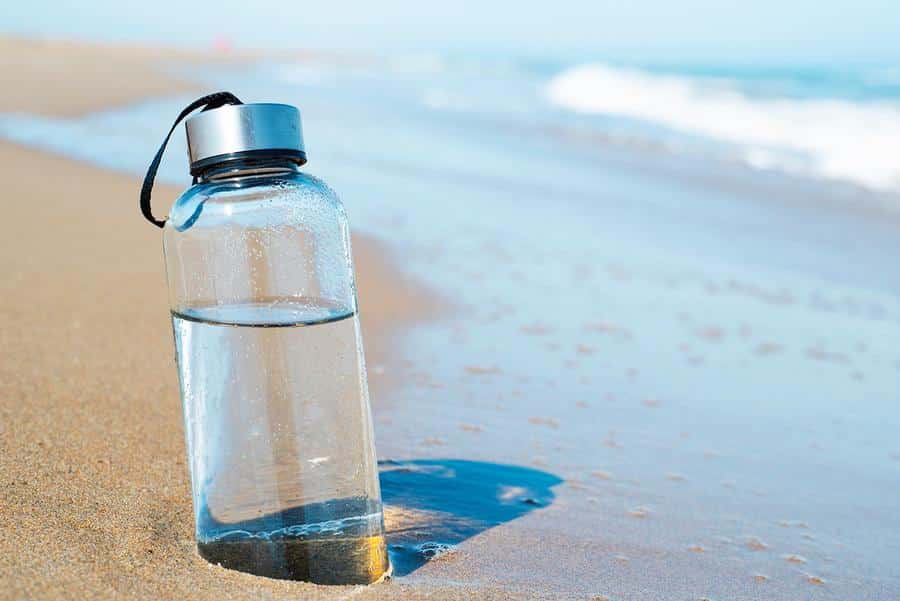
The safety of a reusable water bottle is not solely dependent on its material or cleanliness; the quality of water poured into it plays a significant role as well. Water from different sources carries varying levels of minerals, chemicals, and potential contaminants. For instance, tap water that is not properly treated may introduce new bacteria to a bottle that was just sanitized, negating the effort put into cleaning. Moreover, the mineral content in hard water can lead to deposits that not only affect taste but also provide a surface for bacteria to adhere to and thrive.
It’s also worth considering the interaction between the water’s pH and the bottle material. Acidic waters can accelerate the degradation of certain materials, increasing the risk of leaching. Users should be mindful of the water they use, opting for filtered or purified water when possible. Regular testing of home tap water for contaminants can also be a proactive step in ensuring that the water bottle is a safe vessel for hydration. This attention to water quality complements the efforts made in selecting and maintaining a clean and durable bottle.
Choosing The Safest Reusable Water Bottles
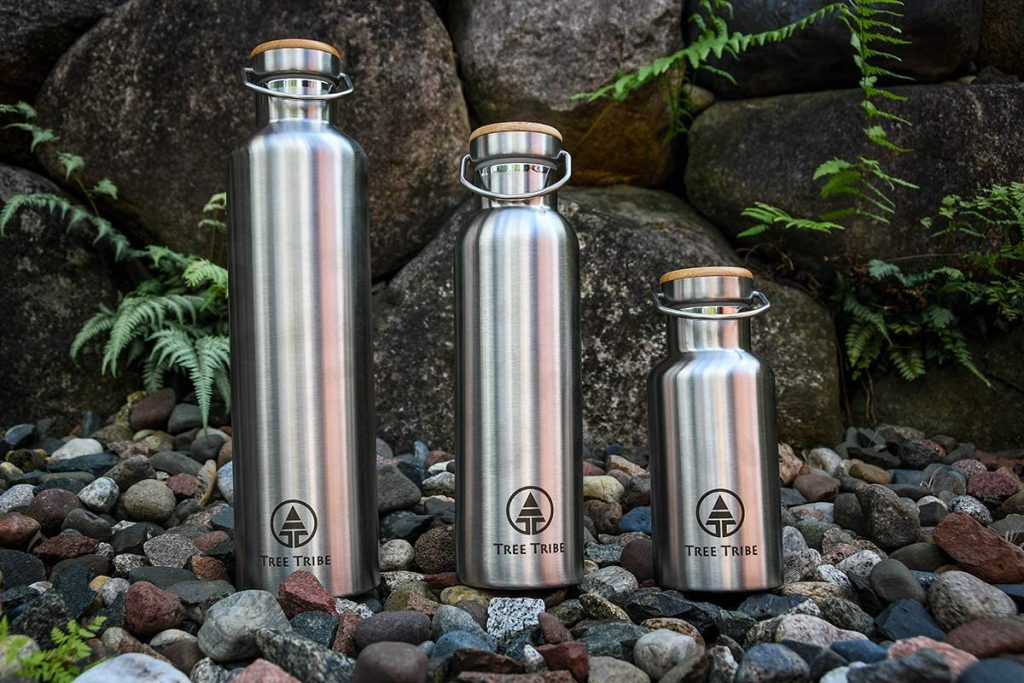
When it comes to selecting a reusable water bottle, the choices can be overwhelming, but informed decisions can mitigate health risks. Materials such as food-grade stainless steel, glass, and BPA-free plastics are generally considered safe options. Each material has its advantages: stainless steel is durable and resistant to leaching, glass is non-reactive and free from harmful chemicals, and BPA-free plastics offer lightweight and shatter-resistant alternatives. When shopping for a new bottle, looking for certifications that guarantee the absence of harmful substances can be a helpful guide.
In addition to material considerations, the bottle’s design also impacts its safety. Bottles with fewer crevices and a wide mouth tend to be easier to clean thoroughly, reducing the risk of bacteria and mold buildup. Some bottles come with antimicrobial coatings or are made from self-sanitizing materials, offering an extra layer of protection. Ultimately, the safest bottle is one that aligns with individual needs and is maintained properly, ensuring that it remains a healthy choice for hydration.
Ensure Your Reusable Bottle Is A Healthy Choice!
The safety of reusable water bottles is a multifaceted issue that encompasses material selection, maintenance, and the quality of water used. While these bottles are a step in the right direction for environmental conservation, it’s imperative to remain vigilant about the potential health risks they carry. Regular cleaning, informed choices regarding bottle materials, and an understanding of water quality are all crucial components of safe use. By addressing these concerns, the benefits of reusable water bottles can be fully realized without unintended consequences to health, ensuring that the move towards sustainability is both safe and effective!